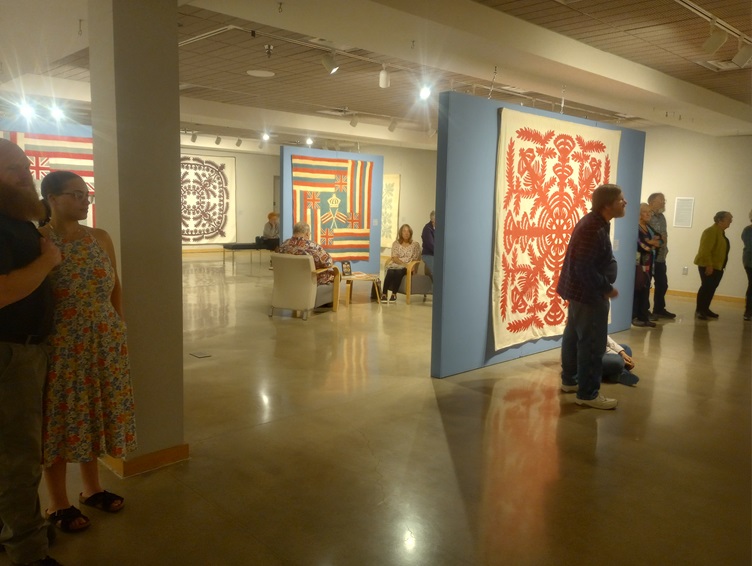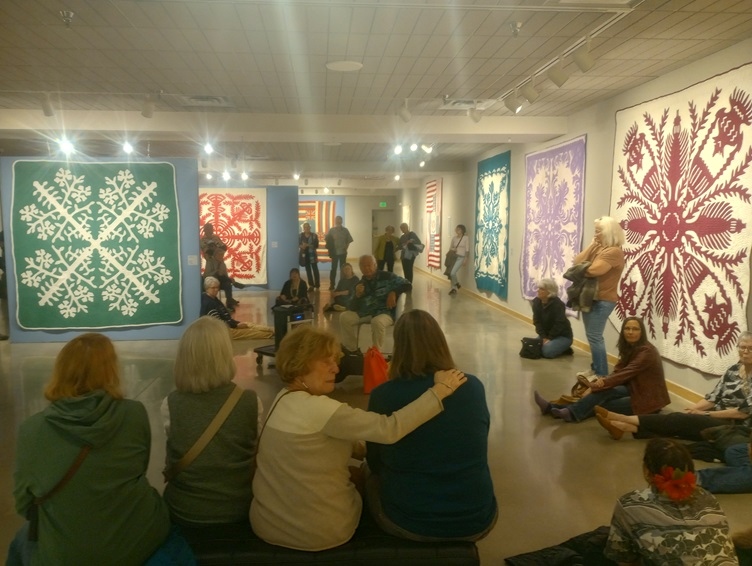There was an article on Fast Company this week that discusses customer churn. For the most part the piece is written from the perspective of being a company that has sold another business a product/service that they choose not to renew. Some of that part of the article can be view in parallel with subscription renewal, but there is a fair portion of their advice which applies to single ticket sales as well.
The article notes that the decision not to renew is often made six months prior vs. in the last 30 days or so before the renewal discussions are scheduled.One of the issue identified in the article is the onboarding not matching the promise of the sale pitch. Clearly that can be an issue for customers of arts and cultural organizations when they find their experience isn’t what they expected based on the promotional messaging.
Satisfaction surveys are problematic in that they only measure satisfaction at a specific point in time rather then over an entire span and they don’t record the subtle signs that a decision to disengage has been made. The author of the Fast Company piece, Ron Carlson, suggests being proactive and interactive with the process of collecting feedback from customers, both current and past.
Instead of relying on static surveys, consider having real conversations with both current and past customers to uncover what’s actually happening. What you’re likely to hear in these conversations will shock you.
- Customers Don’t Feel Heard: “We raised concerns, but nothing changed.”
- The Real Pain Points Were Missed: “We didn’t leave because of price—we left because we weren’t seeing value.”
- Your Biggest Risks Are Invisible: “We made the renewal decision months ago.”
Instead of simply sitting around waiting for a renewal conversation, take active steps to retain your clients:
Listen To Lost Customers: Post-churn interviews reveal patterns you won’t see in dashboards.
Map The Customer Journey: Identify weak points before they become churn risks.
Have Regular Check-ins: Not just to “touch base,” but to understand evolving needs.
Ask Why Customers Stay: Understanding what’s working helps reinforce those behaviors.
Issues like not feeling heard and decision to leave being based on value rather than price are factors I have discussed across a number of posts in the past. Likewise, identifying weak points which might include external issues like parking, dining and safety as well as the ticket purchase and staff/volunteer interactions are also topics I have raised.
I think it is also important to pay attention to that last point -analyzing what is working is just as important as identifying problems. It is easy to view anything people aren’t complaining about neutrally. But it is just as important to catalogue what people say they value as assets and invest in reinforcing what is great about those aspects of the experience.




This is such a thought-provoking post! It’s fascinating to consider how everyday beauty in design, even in functional spaces like…